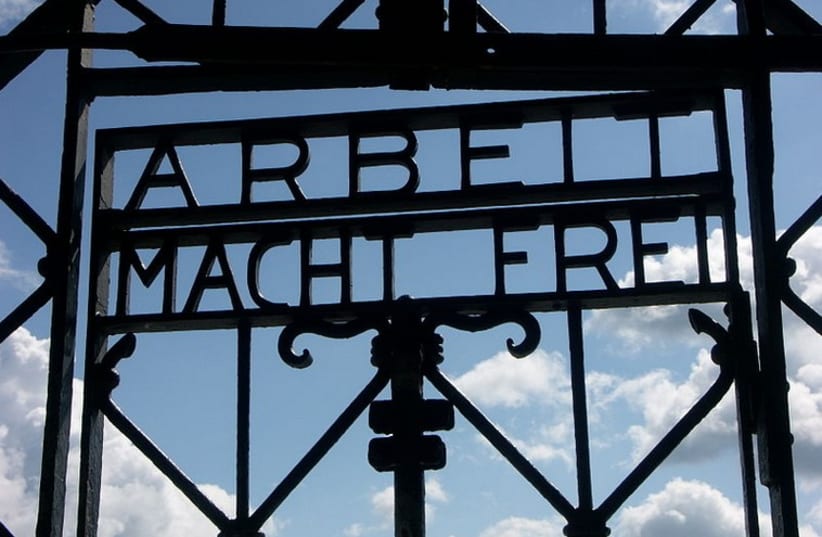See the latest opinion pieces on our page
In our case, this was the narrative of the “greatest generation” of young American soldiers, who had been sent to Nazi-dominated Europe often at great personal cost, and liberated a notorious concentration camp in southern Bavaria. My students were disappointed with the vast expanses of empty space – land that had once been occupied by rows and rows of simple wooden barracks for inmates. They had been burned, we learned, by the Allies, who were seeking to prevent the spread of typhus and other diseases. The buildings we saw were largely reconstructions, and the exhibit was full of pictures that were often familiar from books we had already seen. But it was powerful nonetheless.The high point, if you can call it that, were the ovens, which my students inevitably confused with Auschwitz. It was all they could talk about. It seems we were determined to see in Dachau an extermination camp, instead of the concentration camp it really was – a large and dangerous political prison that had opened already in 1933, but witnessed its first huge influx of prisoners – mostly Jewish men – in the wake of Kristallnacht in November of 1938.It didn’t really surprise me that my boys went right for the high drama, the extreme case of the Auschwitz death factories. It seemed that it was my job, though, to get them to see that there was plenty of “drama” in Dachau itself. That a camp that had been used primarily to abuse and intimidate Jews into fleeing Germany (after leaving their wealth in country, of course) was bad enough, and worthy of our attention.Yes, plenty of people had died there, and thousands were killed there. But its principal purpose was not to enact the genocide that would really only begin in earnest with the German attack on the Soviet Union in 1941. Dachau’s most notorious mission was to bully Jews into “voluntary” emigration.That evening, after the camp tour, I canceled our plans for a cultural outing in Munich (just a half an hour ride away on the commuter train). Instead, we had a modestly-priced dinner in a chain restaurant – greasy, roasted chicken at the “Wienerwald,” as I recall – located in the town of Dachau itself. That was what I remember best: just the fact that there is a quaint little German town bearing the same name as the notorious camp. And that people live their ordinary lives here, much as they must have done when the Jews rounded up in the November pogrom of 1938 were brought to this peaceful little village. What did they think? How did they feel? It is all fine and good to celebrate the liberation of Dachau. Many Americans and British did heroic work here, and we should be grateful. But why don’t we recall at least as much the time when Dachau became Dachau? When it first swelled its ranks with German Jews who had suddenly been “disappeared” from neighborhoods all across the country? You can debate until the cows come home about who knew what, and when, about the Holocaust per se – the genocide perpetrated largely in Poland and Eastern Europe. But virtually every German would have noticed the disappearance of his or her neighbor. And remembering that point in history – a juncture when resistance and protest was eminently more possible – may be the more pedagogically sound task.The author is a professor of Germanic studies and literature at Duke University.
Remembering Dachau
Yesterday we celebrated the 70th anniversary of the liberation of the concentration camp at Dachau, Germany.
